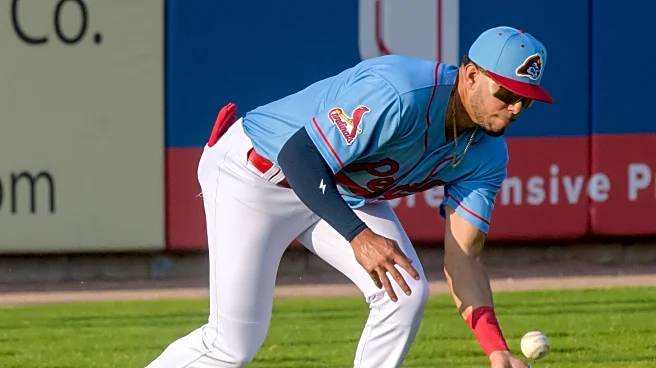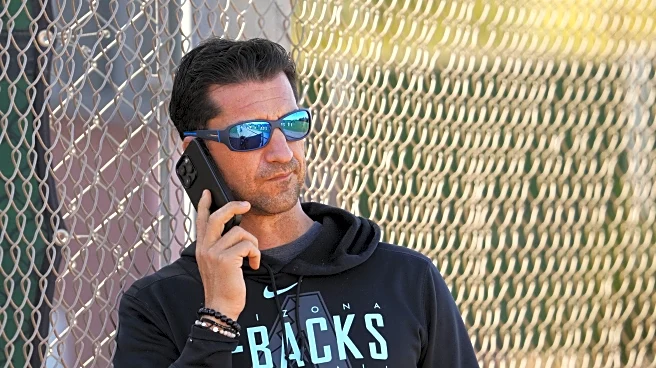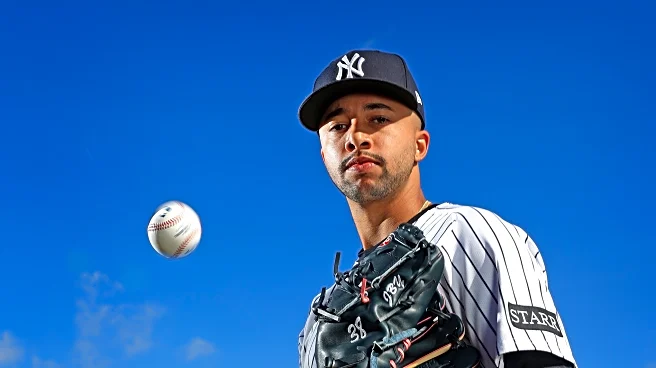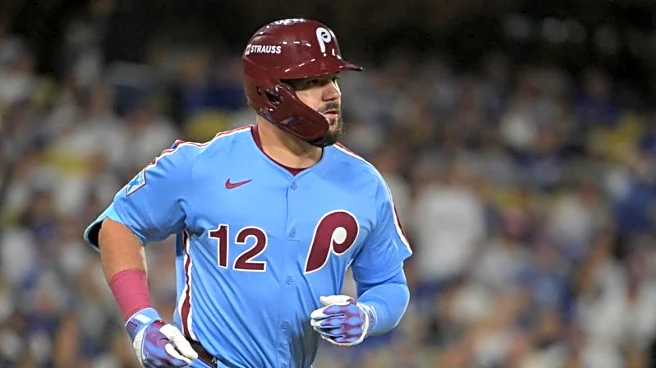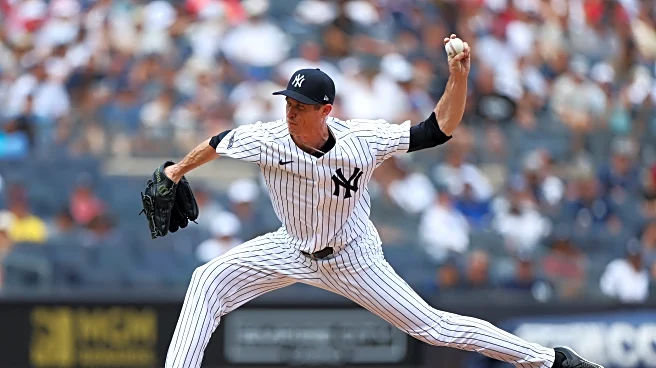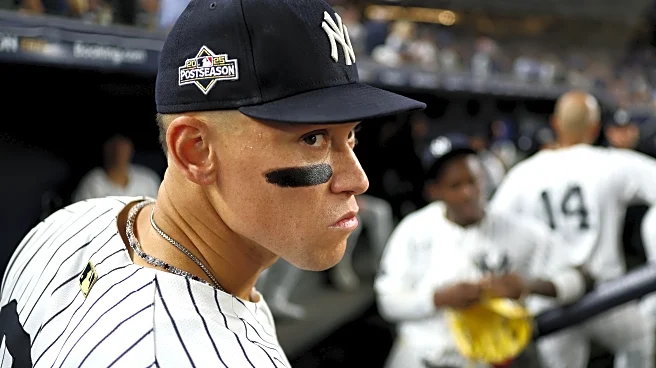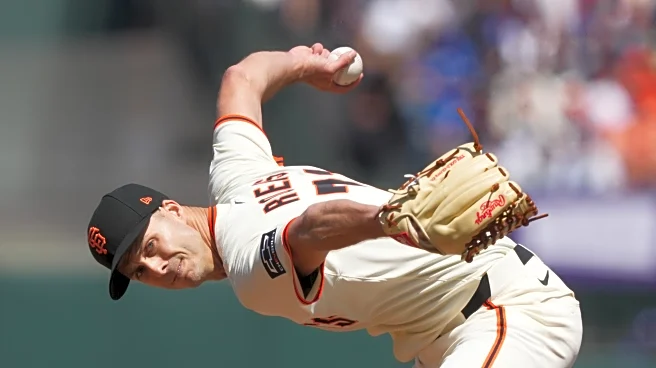Per Jon Morosi, the Detroit Tigers are one of several teams interested in RHP Devin Williams. Williams is considered one of the best relievers in the free agent class and almost certainly would provide
an upgrade to Detroit’s unit.
Last year, the Tigers’ bullpen was middling at best. It lacked the depth that made 2024’s “pitching chaos” strategy so effective, and also lacked the strikeouts that it needed to survive as a more traditional unit. Their 20.1% strikeout rate was spared from last place only by Colorado’s relief corps, hardly the company a contending teams wants to be keeping. To top it off, hit deadline trade acquisition Kyle Finnegan, is a free agent, and Troy Melton seems likely to join the starting rotation, which leaves only Will Vest as a reliable backend arm.
The need for a good reliever – honestly, two or even three – is obvious, then. Is Williams the right pick, though?
Before 2025, the answer was unequivocally yes. Williams’ run with Milwaukee was tremendous. From 2020 to 2024, only Emmanual Clase had a lower ERA. Williams relied on a unique pitch, his high-spin “Airbender” changeup, and a mid-90s fastball, and this two pitch mix had hitters in knots. Really, Williams’ changeup was the second-best pitch of the 2020s, behind only Clase’s cutter. That’s true dominance.
However you slice it, Williams was tracking for a major payday through 2024. His career 40.8% strikeout rate was mind-bogglingly high. His WHIP of .98 and FIP of 2.24 were top-5, while his hard-hit and barrel rates were each among the 20 best. The only minor blemish was a slightly elevated walk rate, as occasionally hitters realized they would be better off hoping he missed the zone than actually trying to hit the ball. This version of Williams was borderline unhittable.
As Milwaukee does, though, they traded an elite pitcher a year before free agency. In 2025, the New York Yankees seemed poised to reap the benefits. It didn’t quite work out that way, and ironically, the middling prospect they sent back, Caleb Durbin, placed third in Rookie of the Year voting. Milwaukee, man.
Anyways, Williams posted a 4.79 ERA with New York, more than double his career rate, and bounced in and out of the closer’s role as Aaron Boone tried to get his best arm on track. Digging a little deeper, though, and it’s not so obvious what went wrong.
In 2025, Williams did a lot right. His strikeout rate was still nearly 35%, and his walk rate actually dropped below 10% for the first time since 2020. His FIP was still a top-tier 2.68, which coincidentally would have been the best in Detroit’s bullpen. His velocity was about the same as last year and he pitched in 67 games, so he probably wasn’t injured. Yet somehow, his ERA ballooned past arms like Tommy Kahnle and Rafael Montero.
The main culprit, as it so often is, seems to be unfortunate sequencing. It’s exceptionally unfortunate to allow a below-average number of baserunners and home runs while allowing an above average number of runs to score, which is exactly the trick Williams pulled off. I hate to use strand rate to hand-wave away issues with run prevention because it’s very important closers have the ability to leave runners on base in almost any circumstance. However, when a pitcher with a career strand rate on 83% changes very little about their pitch mix or batted ball profile and sees their strand rate plummet to 55%, I’ll make an exception. Bad luck happens sometimes.
For teams willing to look past a bit of bad luck in favor of extreme talent and upside, Williams is a fantastic target. I don’t love to speculate on a player’s mindset, but it wouldn’t be the first time a newfound Yankee struggled early in the Bronx.
If there’s one issue other than just strand rate, it’s the fact that Williams allowed four home runs after the All-Star break in a span of 18 days. All of them were changeups to left-handed hitters that were poorly located either up, or dropped into a lefty’s typical wheelhouse thigh-high on the inner third. Again, the difficulty with relievers is that these samples are extremely small, but Williams then went from August 8 to the end of the season without allowing another home run. He did however have one miserable appearances against the Houston Astros in which he gave up three walks and four earned runs.
So, this all seems to come back a few short bouts of poor command to a level we’ve rarely seen from Devin Williams in his major league career. The stuff looks as good as it ever did. Most teams would be willing to bank that he’ll get back on track, particularly teams that are good at working with pitchers on their mechanics and command. Williams enormous extension, seven and a half feet on his fourseam fastball, probably does make him a bit prone to getting out of rhythm occasionally, but Chris Fetter and Robin Lund specialize in these kinds of fixes. The Tigers will no doubt be willing to bet that they can keep him on track, and the immediate amount of interest in Williams says that most other contenders around the league aren’t particularly concerned about it either.
As such a volatile platform season probably suggests, contract projections for Williams are a bit all over the place. The crowdsourced readers of FanGraphs suggest 3 years for $42M total, their analyst guesses 2 years f0r $24M, and MLBTR’s team projects him for 4 years and $68M. Your best guess is as good as anyone else’s. Considering at least a half-dozen teams have been named specifically as interested with at least five additional unnamed teams supposedly in the market, he seems unlikely to come cheaply. Whether that’s a hefty, short-term pillow contract or a long-term commitment that treats 2025 like a blip, and not the start of a trend, is difficult to say from here.
Either way, Detroit will need to spend more than they have on any pitcher, starter or reliever, under Scott Harris to bring in Williams. If he bounces back to his pre-2025 form like most underlying stats expect, that might still be a bargain.


